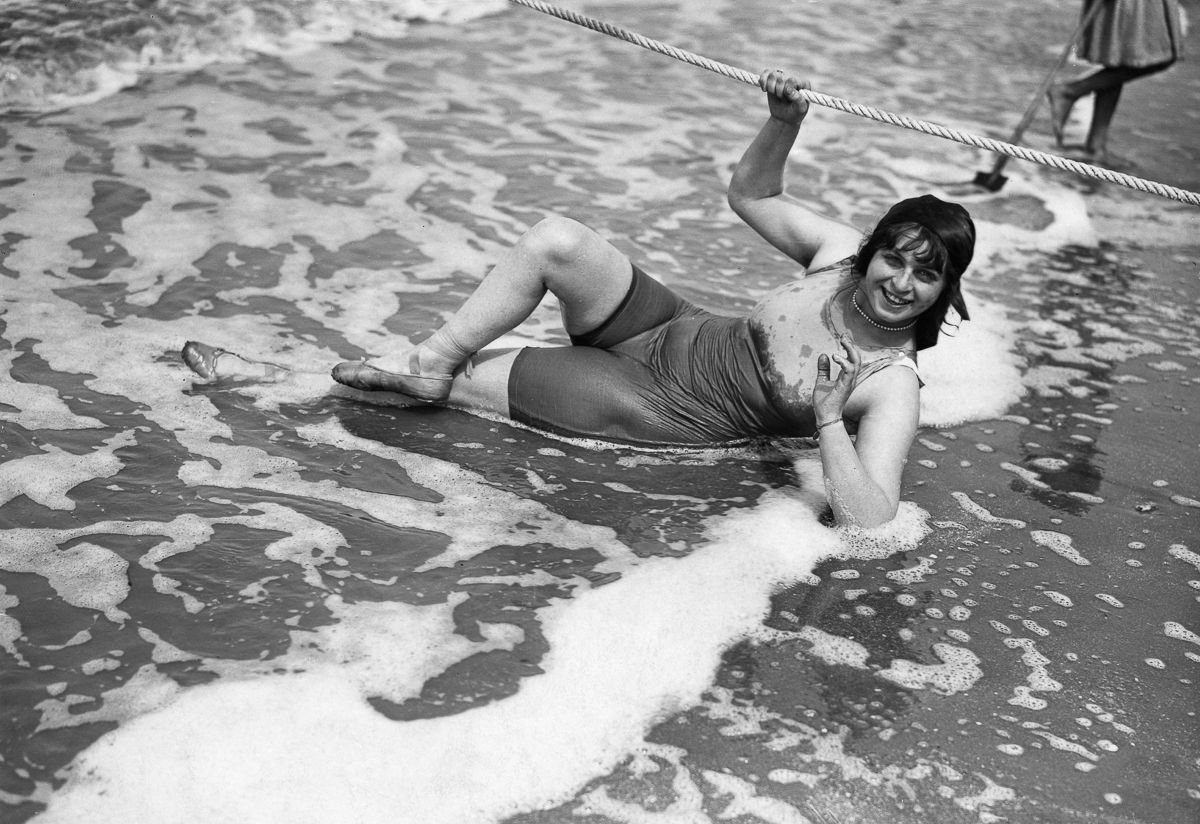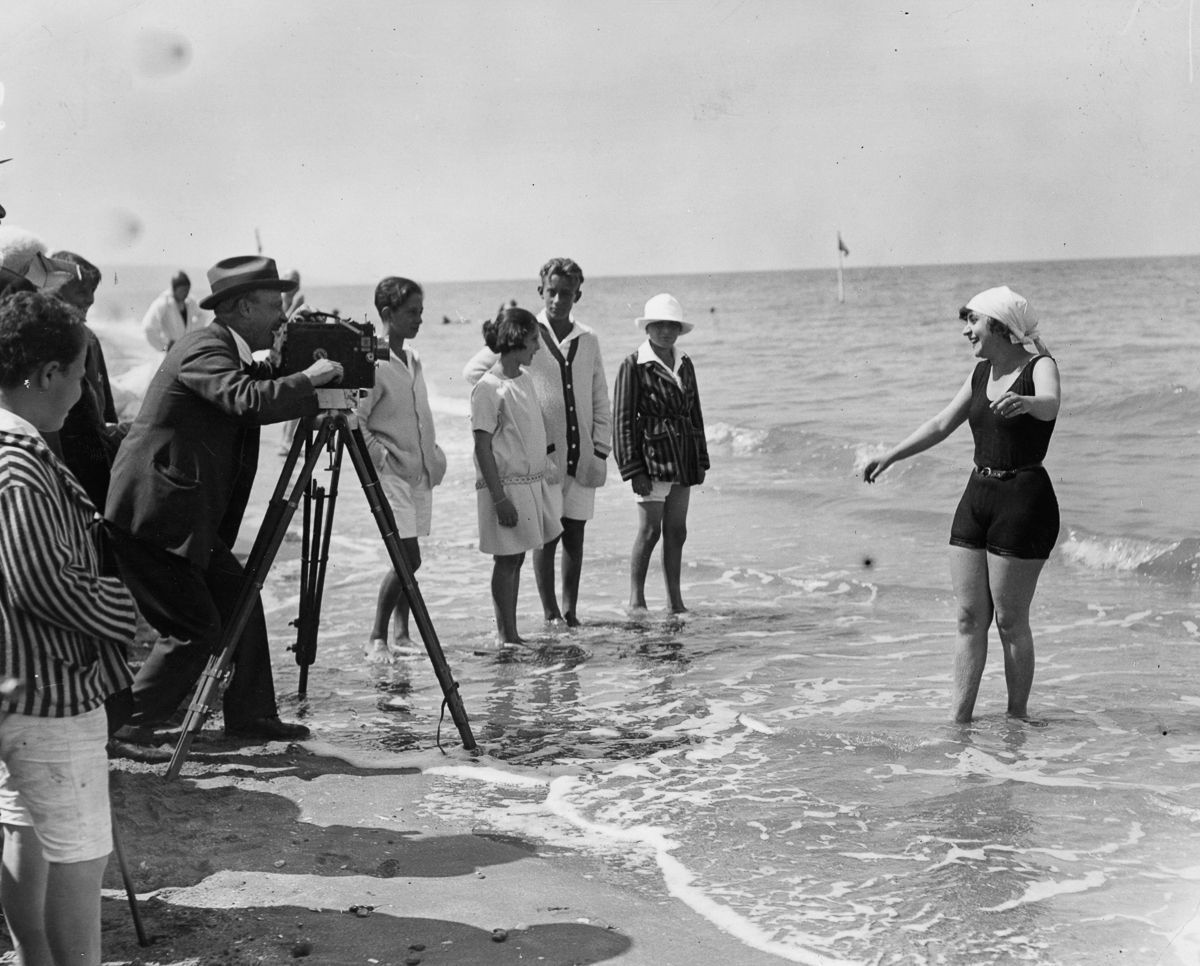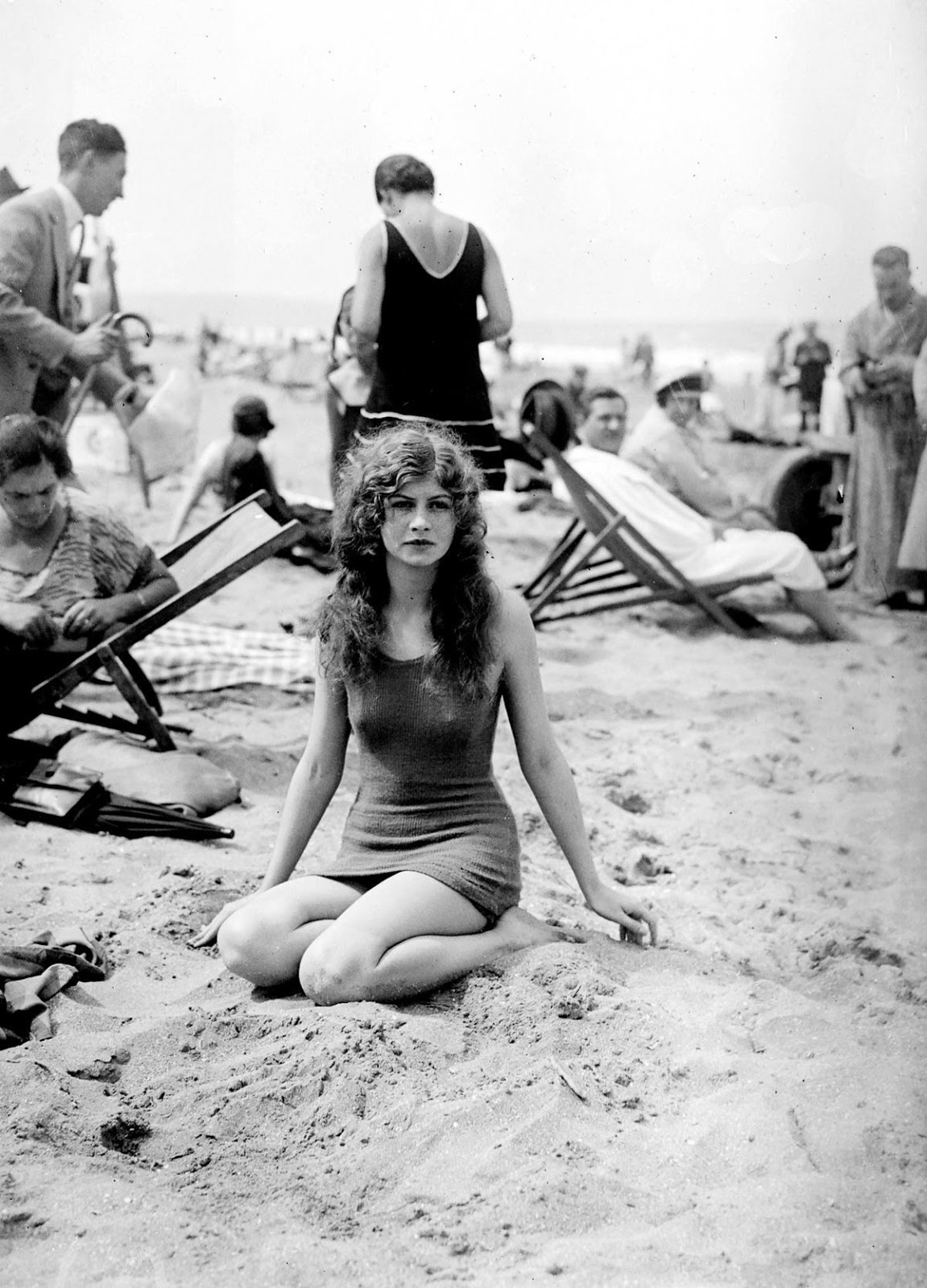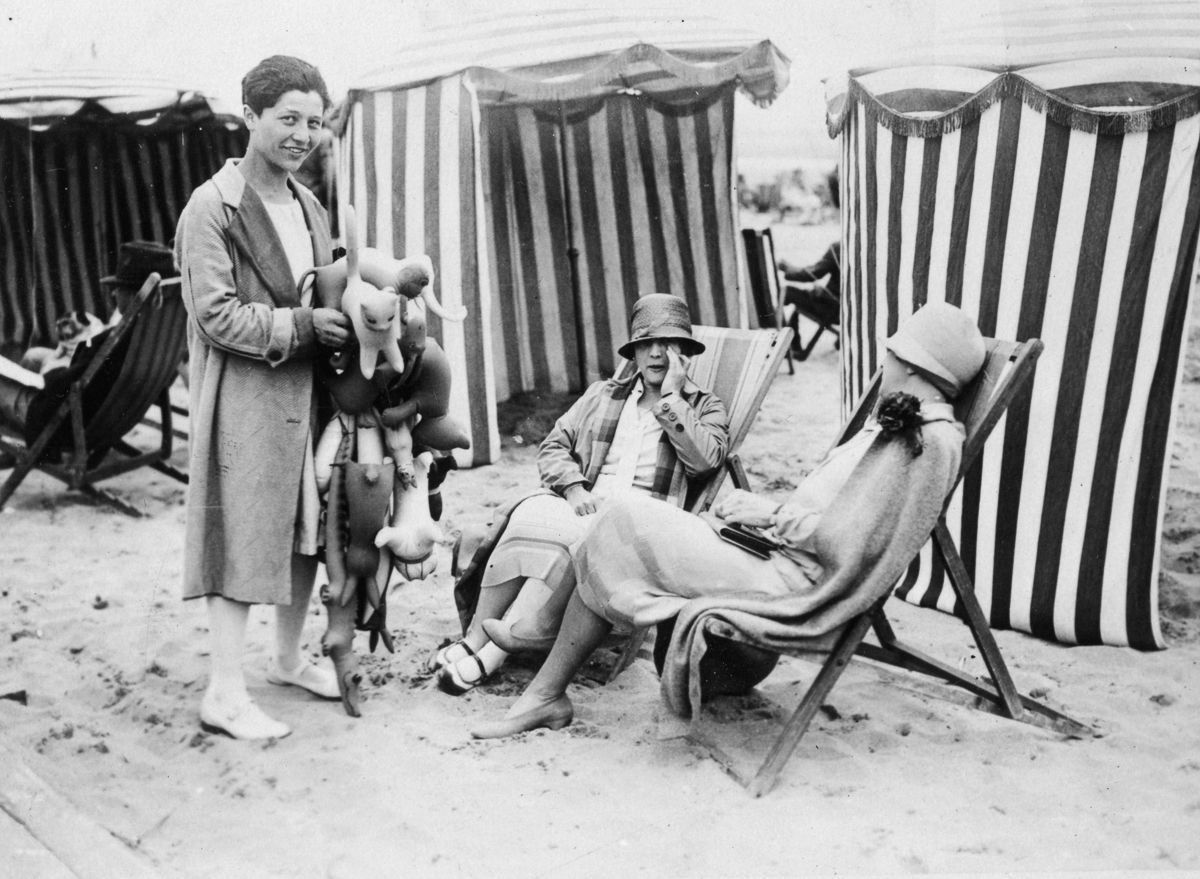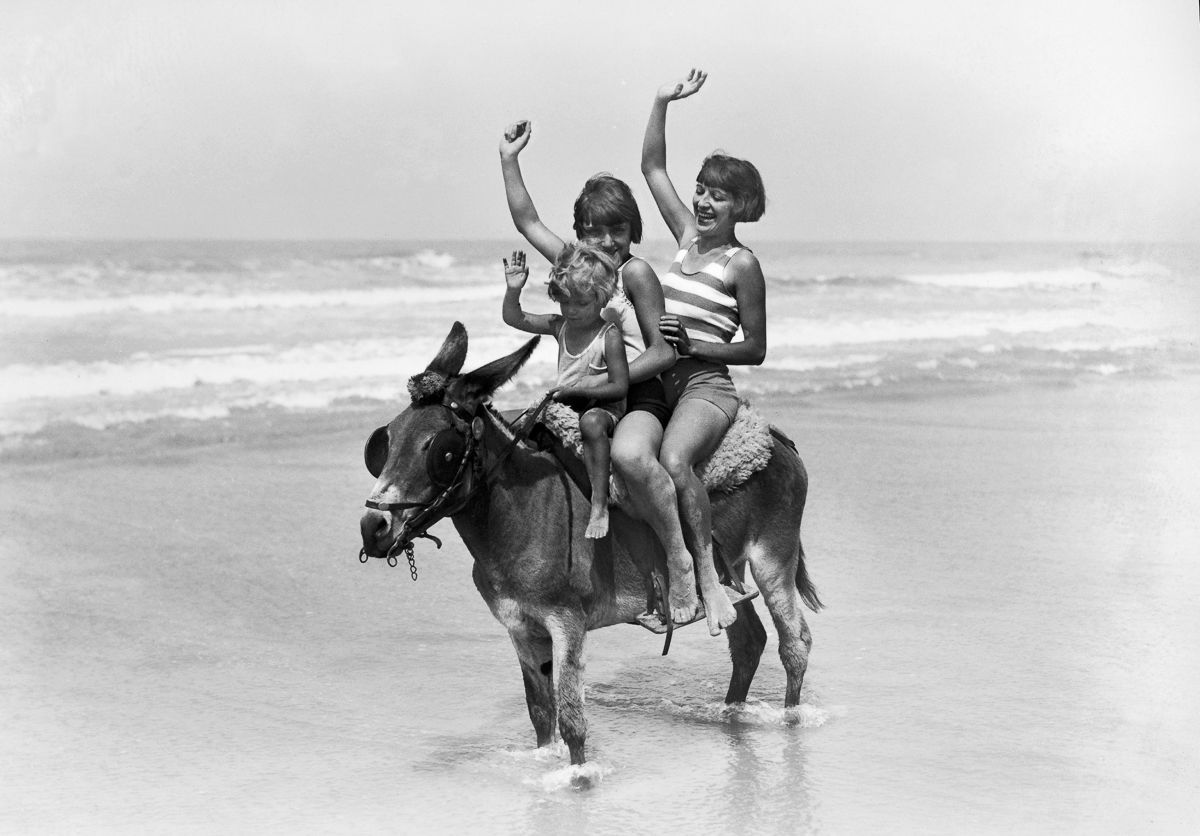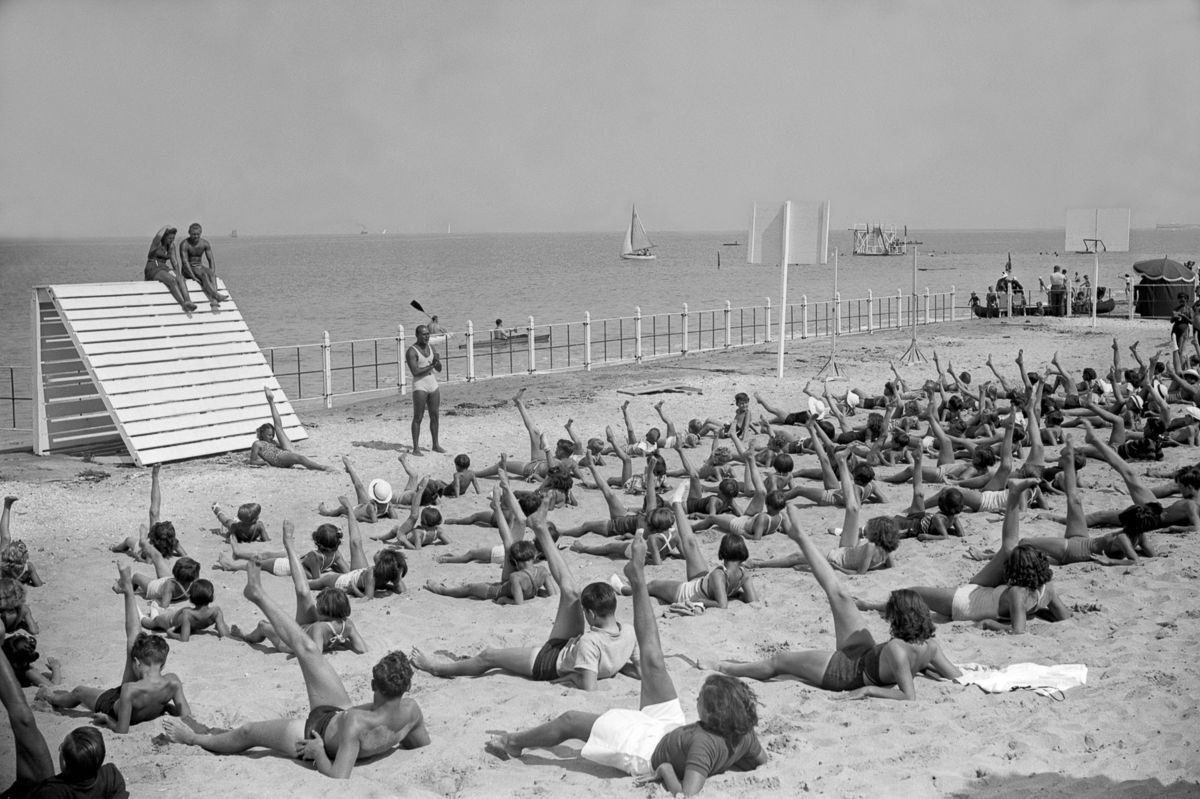As the closest seaside resort to Paris, the city and its region of the Côte Fleurie (Flowery Coast) has long been home to French high society’s seaside houses and is often referred to as the Parisian riviera. In addition to villas and mansions, the town of Deauville boasted casinos, horse races, luxury boutiques, a beachside boardwalk, and therapeutic baths. The main attraction, though, was the wide sandy beach, which offered opportunities for sunbathing, donkey rides, aerobics, and other outdoor activities. The earliest records of Deauville date back to 1060. Back then, the region was called Auevilla and ruled by seigneur Hubert du Mont-Canisy. Hubert would go on to leave France to follow William the Conqueror, the first Norman King of England. Despite its long history, it wasn’t until 1860 that Deauville underwent developments that would shape the region it is today. By 1860, Deauville was renowned for its horse country. Duc Charles Auguste Louis Joseph de Morny, half brother of Napoleon III, transformed the region into a travel destination. Before his death, the Duc built the Deauville-La Touques Racecourse, invested in a Paris-to-Deauville railway, built a small casino, and is credited with the construction of a church and school. No longer a sleepy seaside hamlet, Deauville began to boom. In the early 20th century, the Normandy Barriere and Royal hotels opened and boutiques began popping up in town, including Coco Chanel’s first shop. During World War I, wounded soldiers would be cared for in Deauville’s famous hotels and casino. Unfortunately, the war also took a heavy toll on Deauville’s blossoming market and trade sector as merchants were forced to give many of their products to the war effort. The combination of the national financial crisis and World War II completely removed the paradisiacal aura of Deauville that would not resurface until the 1950s. During the Second World War, the German Army occupied Deauville. Villas, hotels, and the casino were all occupied or used to some extent by the German forces. Following the invasion of allied forces on D-Day, the German troops were pushed out of Deauville and Normandy. Following the war, and perhaps exemplified in the 1960s and beyond, Deauville understood what it represented and decided to act in accordance, playing the cards it had at its disposal: myth and exclusivity. Deauville became again a center for high society and celebrities from almost every field. With scenes of award-winning movies being filmed in Deauville (such as Claude Lelouch’s “un Homme et une Femme“) and endless celebrity traffic, the town has renewed its status as an emblematic resort town of Europe.
(Photo credit: Mashable.com / Wikimedia Commons). Notify me of new posts by email.
Δ Subscribe


